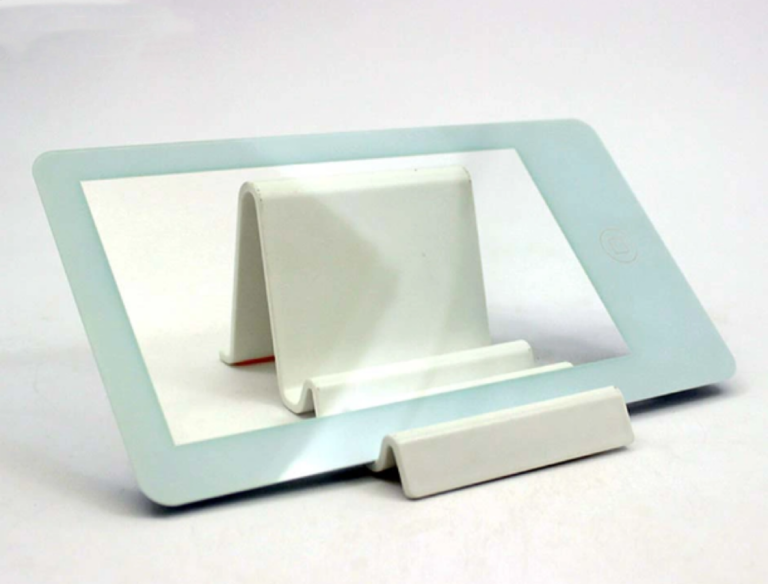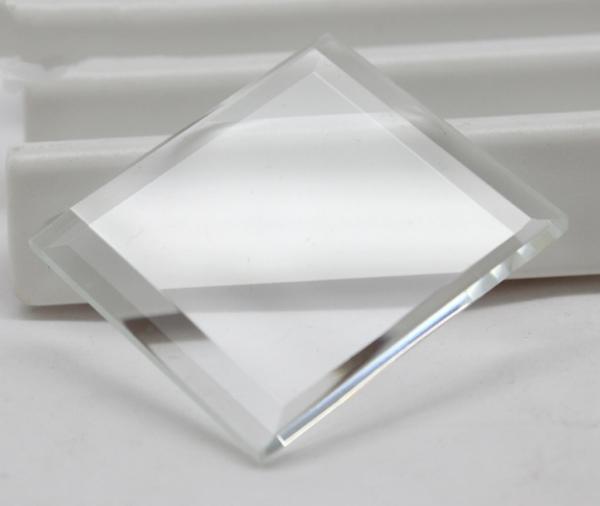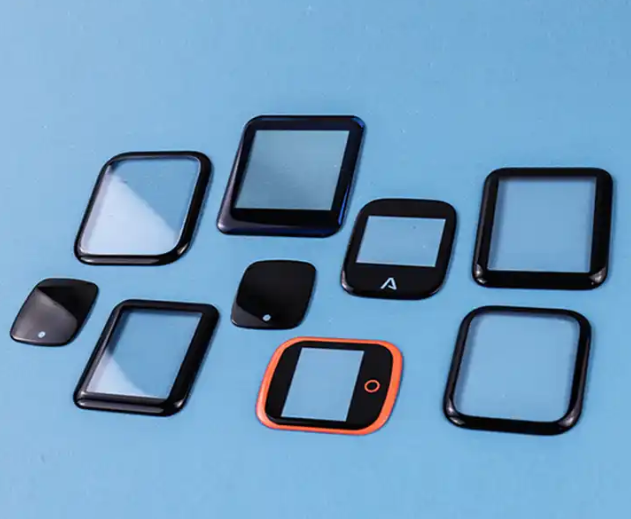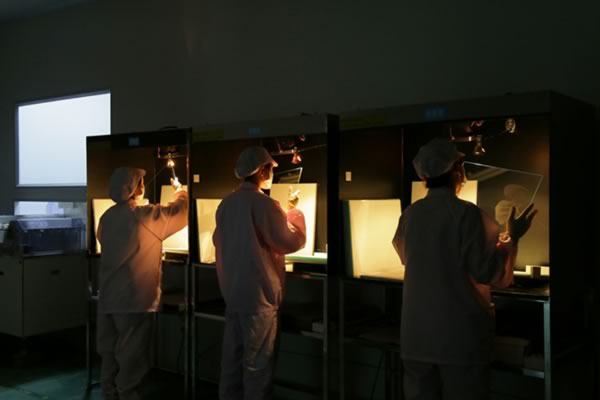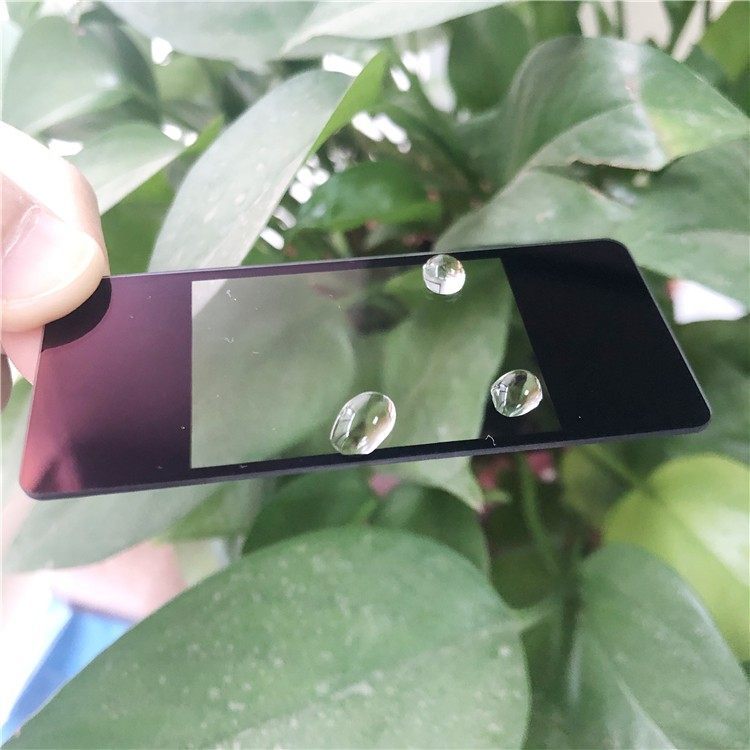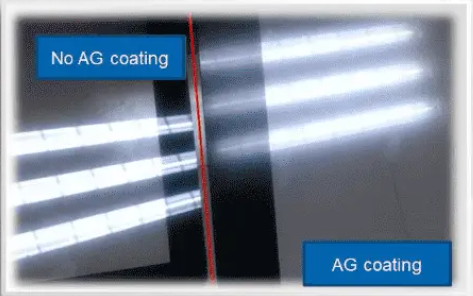
The evolution of display technology has brought us to an era where the clarity and durability of screens are more important than ever. In this context, Ag glass, or anti-glare glass, has emerged as a key player in screen protection technology. This article will delve into what Ag glass protection is, how it works, and why it’s becoming an indispensable part of various display devices.
Understanding Ag Glass Protection
Ag glass protection refers to a type of glass that has been treated to minimize the amount of glare reflected off the surface of a display. The “Ag” in Ag glass stands for anti-glare, which is the primary characteristic of this protective glass. It is designed to diffuse and scatter light, ensuring that the reflection from the screen does not interfere with the visibility of the content displayed.
How Ag Glass Works
Ag glass employs a special coating that alters the way light interacts with the surface of the glass. This coating is matte-finished, which is achieved by a process of acid etching or coating with anti-reflective materials. When light hits the surface of Ag glass, instead of reflecting directly back, it is scattered in multiple directions. This significantly reduces the intensity of reflected light, diminishing glare and making the display easier to see under various lighting conditions.
The Benefits of Ag Glass Protection
- Reduced Glare: The primary benefit of Ag glass is its ability to reduce glare, which can be particularly distracting in brightly-lit environments or outdoors. This makes it easier for users to read or view content without straining their eyes.
- Enhanced Image Quality: By cutting down on glare, Ag glass ensures that the colors and images on the display remain clear and vibrant, providing an improved viewing experience.
- Scratch Resistance: Most Ag glass protection solutions are combined with additional layers that make them resistant to scratches and abrasions, thereby ensuring the longevity of the display.
- Fingerprint Reduction: Many anti-glare coatings also resist fingerprints and smudges, keeping screens cleaner and more readable.
- Eye Comfort: Reduced glare means less eye strain, which is particularly important for individuals who spend long hours in front of screens.
Applications of Ag Glass Protection
Ag glass is used in a variety of devices and settings, including:
- Smartphones and Tablets: Portable devices benefit significantly from Ag glass due to the wide range of environments in which they are used.
- Computer Monitors and Laptops: For professionals and gamers, Ag glass can make extended screen time more comfortable and less harmful to the eyes.
- Televisions: Ag glass enhances the viewing experience by maintaining image quality even in well-lit rooms.
- Digital Signage and Kiosks: Outdoor and indoor signs and displays remain readable even in direct sunlight.
- Automotive Displays: In-vehicle displays with Ag glass are easier to read, which is safer for drivers.
The Future of Ag Glass
The demand for Ag glass protection is likely to grow as more devices are used in diverse environments and as screen time increases. With advancements in technology, the anti-glare coatings are becoming even more effective and durable. Manufacturers are also working on combining Ag glass with other protective features, such as anti-bacterial coatings and UV protection, to meet the growing needs of the digital age.
Conclusion
Ag glass protection represents a significant advancement in display technology. It not only enhances the user experience by providing clearer and more vibrant displays but also adds a layer of durability that extends the life of the device. As the world becomes more digitized, and as we continue to spend more time interacting with screens, Ag glass protection will play a crucial role in ensuring that we can do so comfortably and safely. Whether you’re a professional, a gamer, or just an everyday user, the benefits of Ag glass are clear, and its importance cannot be understated.

